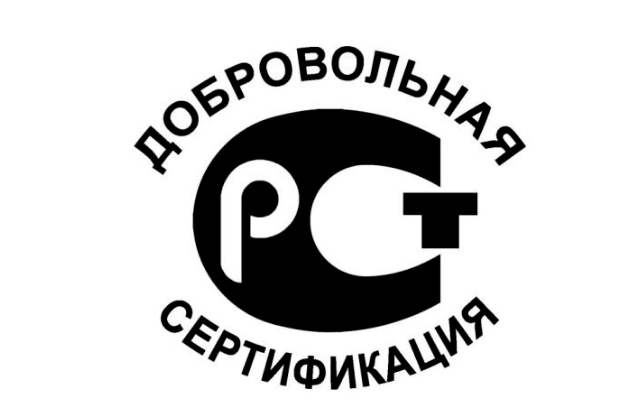What certifications are required for exporting to Russia?
1. GOST certification

GOST certification is the national standards certification system of the Russian Federation and is similar to the standards of international standards organizations such as ISO and IEC. It is a mandatory certification system in Russia and other CIS countries (such as Kazakhstan, Belarus, etc.) and applies to a variety of products and services. Its scope is wide, including but not limited to industrial products (such as machinery and equipment, electronic equipment, construction materials, etc.), food and agricultural products (such as beverages, tobacco, meat, dairy products, etc.), chemicals and petroleum products (such as lubricants , fuels, pigments, plastics, etc.), medical devices and pharmaceuticals, and service industries (such as tourism, healthcare, education, etc.). By obtaining GOST certification, products can gain better recognition and competitiveness in the Russian market.
●Certification process and required materials:
1. Product test report: Enterprises need to submit corresponding product test reports to prove that the products comply with GOST standards.
2. Product instructions: Provide detailed instructions for the product, including product ingredients, usage, maintenance and other related information.
3. Product samples: Provide product samples. The samples should be consistent with the products described in the application form and comply with relevant technical requirements.
4. Production site inspection: The certification body will inspect the company’s production site to ensure that the production environment, equipment and management meet standards.
5. Enterprise qualification certificate: The enterprise needs to provide some supporting documents related to the enterprise’s own qualifications, such as industrial and commercial registration certificate, tax registration certificate, production license, etc.
6. Quality management system documents: Enterprises need to provide their own quality management system documents to prove that the enterprise has the ability to manage product quality.
●Certification cycle:
Certification cycle: Generally speaking, the GOST certification cycle is about 5-15 days. But if it is a license application, the cycle may be longer, ranging from 5 days to 4 months, depending on the customs code, structure and technical hazards of the product.
2. Background and purpose of EAC certification:
EAC certification, also known as CU-TR certification, is a certification system implemented by the Customs Union countries. The Customs Union is an economic bloc led by Russia, Belarus and Kazakhstan, which aims to promote economic integration and strengthen economic cooperation among member countries. The purpose of EAC certification is to ensure that products comply with relevant technical specifications and regulations, so as to achieve free circulation and sales among Customs Union countries. This certification system sets unified technical requirements and market access conditions for imported products from Customs Union member states, helping to eliminate trade barriers and promote trade facilitation.
Product scope covered by certification:
The scope of EAC certification is quite broad, covering many fields such as food, electrical appliances, children’s products, transportation equipment, chemical products, and light industrial products. Specifically, the product catalog that requires CU-TR certification includes 61 categories of products, such as toys, children’s products, etc. These products must obtain EAC certification before they can be sold and circulated within the member states of the Customs Union.
.Steps and requirements for applying for EAC certification:
1. Prepare materials: Enterprises need to prepare application forms, product manuals, specifications, user manuals, promotional brochures and other related materials. This information will be used to demonstrate the technical characteristics and conformity of the product.
2. Fill in the application form: Fill in the Customs Union CU-TR certification application form and confirm the name, model, quantity and product customs code of the export product.
3. Determine the certification scheme: The certification agency will confirm the product category based on the customs code and product information, and decide on the corresponding certification scheme.
4. Testing and auditing: Certification agencies will conduct necessary testing and auditing of products to ensure that they comply with relevant technical specifications and regulations.
5. Obtain certification certificate: If the product passes the test and audit, the company will obtain the EAC certification and can sell and circulate products within the member states of the Customs Union.
In addition, products that have obtained EAC certification need to be affixed with the EAC logo. The logo should be affixed to the non-detachable part of each certified product. If it is affixed to the packaging, it should be affixed to each packaging unit of the product. The use of the EAC mark must comply with the provisions of the EAC standard use license issued by the certification body.
Post time: May-13-2024





